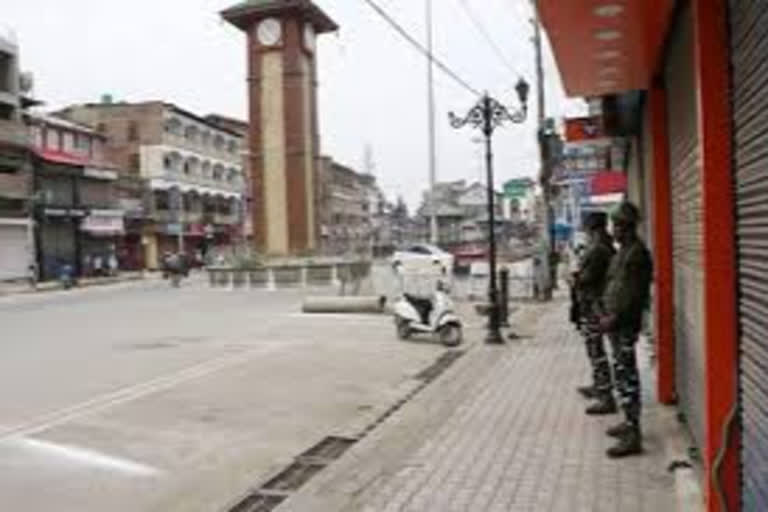New Delhi: The conflict in Kashmir is often described as a ‘proxy war’ unleashed by Pakistan Army trained terrorists, supported by the separatists and corrupt politicians on our side of the border, and some misguided and radicalised local youth who pick up the gun. This description is not inaccurate, but it also does not reveal the complete picture of the problem in Kashmir.
No armed insurgency survives thirty years without the support of the population. To find a long-term solution to Kashmir, apart from our attempts to weaken Pakistan’s support to terrorism and prevent violent incidents, we must focus greater attention on the civil population. And before someone takes umbrage to the use of the word ‘insurgency’ instead of ‘terrorism’ in Kashmir, let me clarify the terrorism is also an instrument used in an insurgency.
Countering insurgencies is often termed a “Hearts and Minds” campaign, but the reality is that these operations are more about the mind than the heart. In today’s world, where there is an explosion of information, propaganda, and fake news, the real contest in a conflict is for influencing the minds of the people. Both the terrorists and the government compete to gain the trust and allegiance of the population through information strategies that attempt to turn the people to their side. In the military, we describe this as ‘information warfare’ or the ‘battle of the narratives’.
In this battle, the terrorists, who rely mainly on fake news, are at an advantage. Winston Churchill said, “A lie gets halfway around the world before the truth has a chance to get its pants on." This was said at a time when the global communications were based mainly on radios and telegraphy. Today, smartphones flash instant communication around the world. A 2018 study by the Massachusetts Institute of Technology found that false news stories are 70 percent more likely to be retweeted than true stories. Fake stories also spread six times faster than true stories.
In Jammu and Kashmir, propaganda from Pakistan is mainly centered on two themes. The first is to portray the terrorists as the defenders of the Kashmiri religious faith and ethnic identity that is under threat by rising Hindu nationalism. The second is to highlight the suppression of the Kashmiri people and gross violations of human rights by the security forces. The Indian government’s information and communication strategy must counter these two narratives.
The second theme is perhaps easier to negate because it requires a continuation of the largely disciplined approach that is already being shown by the security forces. Even when recourse is taken to the use of force, it must be narrowly targeted against the terrorists with minimum collateral damage to civilian lives. We must not get swayed by those who call for the army’s hands to be untied or for civilian areas to be bombed. The excessive use of force often leads to conditions that are exploited for more recruitment in terrorist ranks.
